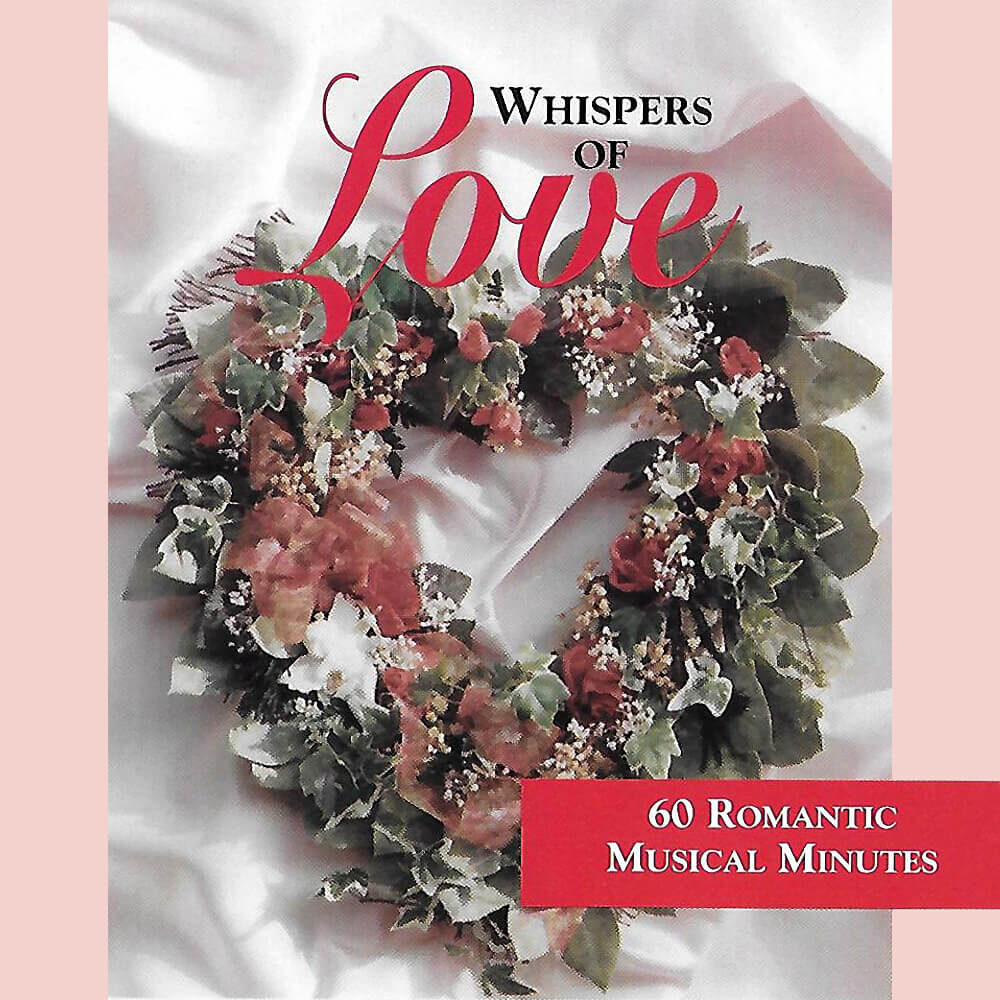At the stroke of midnight on December 31st of each year, when you are with at least another person or two, what happens? Someone begins to sing “Auld Lang Syne!” And, if you are with a special person, you take them in your arms and give them a kiss — or, it might well be, with the excitement and revelry of the moment, a person who happens to be nearby.
Well, before I go any further, let’s get in the mood … Maestro Guy Lombardo, take it away:
Why do we sing this particular song, which has become such a tradition? A good question. As I see it, it is just one of those things which just sort of happened a couple of centuries ago back in merry old Scotland. The original text is in the old Scots language, was from a poem written — or we might better say “assembled” — by the legendary poet Robert Burns in 1788. Portions of the lyrics are found in earlier writings by others. It all literally means “long, long ago” or “for the sake of old times.”
So what are the origins of this song becoming a New Year’s tradition? I’ve not found any historical documentation, except, of course, it originated in Scotland. From there and over time — remember, we’re talking 200 years — it slowly migrated to the other three British Isle countries, England, Wales, and Ireland. And, naturally, in the early years of our nation, the bulk of emigration came from those countries. Thus the tradition was soon implanted here.
Here’s another rendition by a group known as the Duke of Canada, with the English-language words for the first verse and chorus captioned at the bottom of the screen:
When we sing this song this year, you may agree with me, that in today’s world we’ll be saying goodbye to the year that just ended… or I think you might well add “good riddance, let’s hope and pray this new year will bring better days, better times!”
The song begins with the simple question, “Is it right that ‘old times’ be forgotten?” If you think about some of the not-great things you, or we, have suffered with over the past months or a couple of years, your answer may be “Yes, let’s forget it.” Yet, what about your many great friends, your family’s good times, and your own great experiences? This holiday song wants us to not let a current down-turn erase them as well.
Now, for one more rendition… here’s an arrangement of this beloved melody as played by the bagpipes and band of the Royal Scots Dragoon Guards:
While there are five verses to Auld Lang Syne, only the first verse plus the chorus is ever sung or heard:
Should auld acquaintance be forgot,
and never brought to mind?
Should auld acquaintance be forgot,
and auld lang syne?
Chorus:
For auld lang syne, my jo,
for auld lang syne,
we’ll tak’ a cup o’ kindness yet,
for auld lang syne.
If you really have a yearning to read the other four verses, or perhaps learn a little more about the song and its history, you’ll find them in this link to the magazine of the British classical music radio network, ClassicFM. And, for perhaps even more of the history, there’s always Wikipedia!
And, how about we join together and begin a new tradition come 2022? In fact, below is my suggestion for one. If you are into making new year’s resolutions, you might consider writing it on your list, too.
Share a cup of kindness … or love … or a positive thought … wherever you go, whenever possible, with everyone you meet!



Happy New Year Marlin…
hope to enjoy more musings in 2022.
Dick Dixon .
Is there a well rated string instrumental based station in the US anywhere?
Peter, sorry your comment somehow got overlooked – as for your question … I’m not aware of any remaining — KAHM in Prescott, Arizona was one of the last, not sure what it is doing now. On the Internet, I can suggest jibontheweb.com – it’s a good replication of what Boston’s WJIB – which I was the founding program director of in 1967 – was airing from 1967 into the 1990’s.